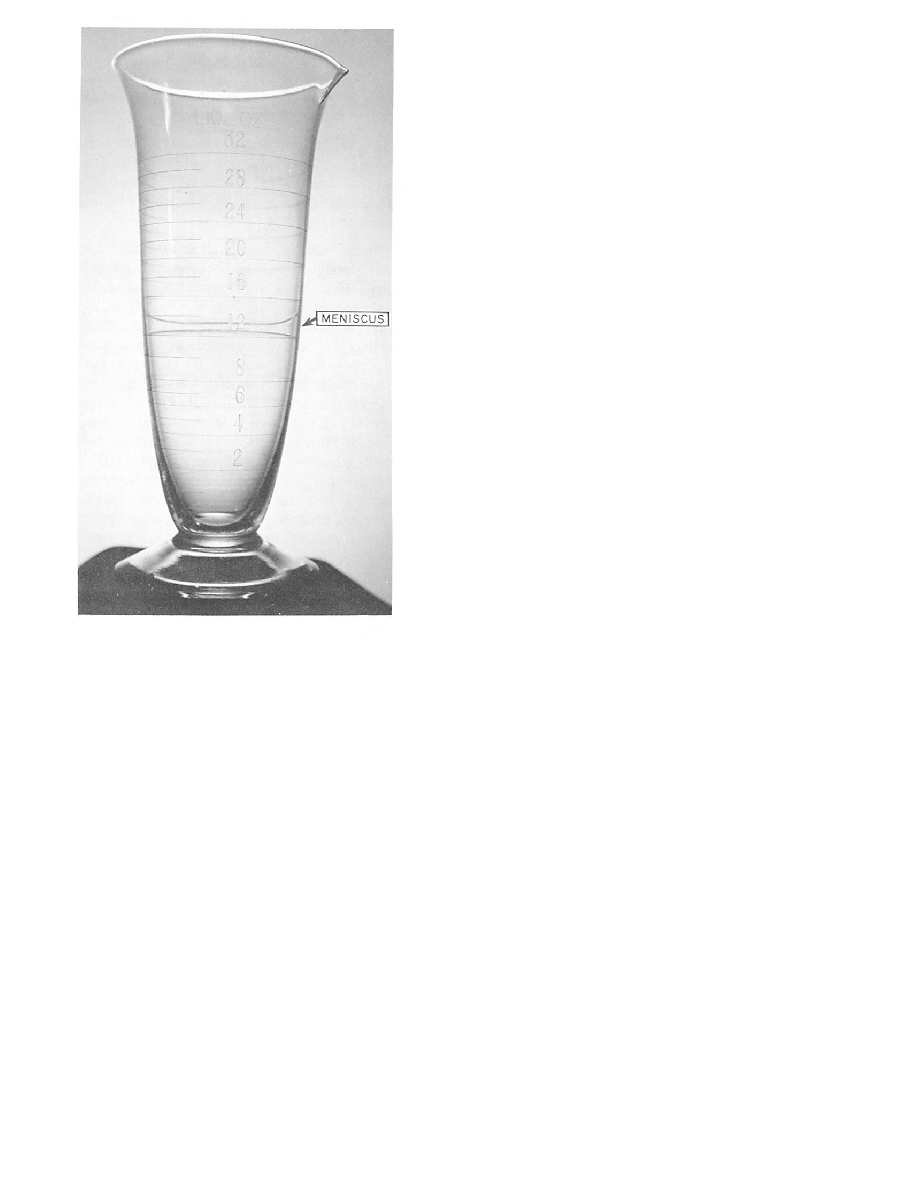
DOFMaster
for Windows
On-line
Depth of Field
Calculator
DOFMaster for Mobile Devices
On-line
Depth of Field
Table
Hyperfocal
Distance Chart
Articles
FAQ
Recommended
Books
Support
Contact
Links
Home
for Windows
On-line
Depth of Field
Calculator
DOFMaster for Mobile Devices
On-line
Depth of Field
Table
Hyperfocal
Distance Chart
Articles
FAQ
Recommended
Books
Support
Contact
Links
Home
As an Amazon Associate I earn from qualifying purchases.
![]()
the liquid column in the capillary tube; otherwise, the
is due to the refraction of the cylindrical magnifier that
is built into the capillary tube.
indicator at the top. The action of this thermometer is
as a Kodak process thermometer.
is one of the first tests to verify the dilution of a solution.
When the same chemicals are used and when the same
used each time, the resulting liquid is approximately the
of that particular solution when all specific gravity
measurements are made at the same temperature.
solution. Variations beyond the upper limit-indicating a
denser or heavier liquid-suggest that more than the
prescribed amount of one or more of the ingredients has
been used, an ingredient foreign to the solution has been
added, or not enough water was added to the solution.
Measurements that fall below standard limits might
indicate that something has been left out, that a foreign
chemical has been substituted, or that more than the
correct amount of water was added.
gravity of the solution to rise. Hence, in addition to
testing the consistency of chemical solutions, specific
gravity tests may be used to check the amount of silver
in the fixing bath. A hydrometer used for this purpose
must be calibrated in grams of silver per liter of solution.
stem. The lower section is weighted, so the hydrometer
will float in liquids with its stem protruding from the
surface. The stem is graduated with marks that are used
to indicate the density of the liquid in which the
hydrometer floats. When the density of the liquid is high,
it supports the hydrometer more easily, so less of the
stem is submerged. Less dense liquids allow the
hydrometer to sink deeper.
density of a substance to the density of distilled water.
However, hydrometers designed for special purposes
have different types of graduated scales. An example is
the hydrometer that is used to check the silver content
of a fixing bath.
between the solution and the hydrometer stem. The
Basic Photography Course

As an Amazon Associate I earn from qualifying purchases.
WWW.DOFMASTER.COM
© 2006 Don Fleming. All rights reserved.
© 2006 Don Fleming. All rights reserved.